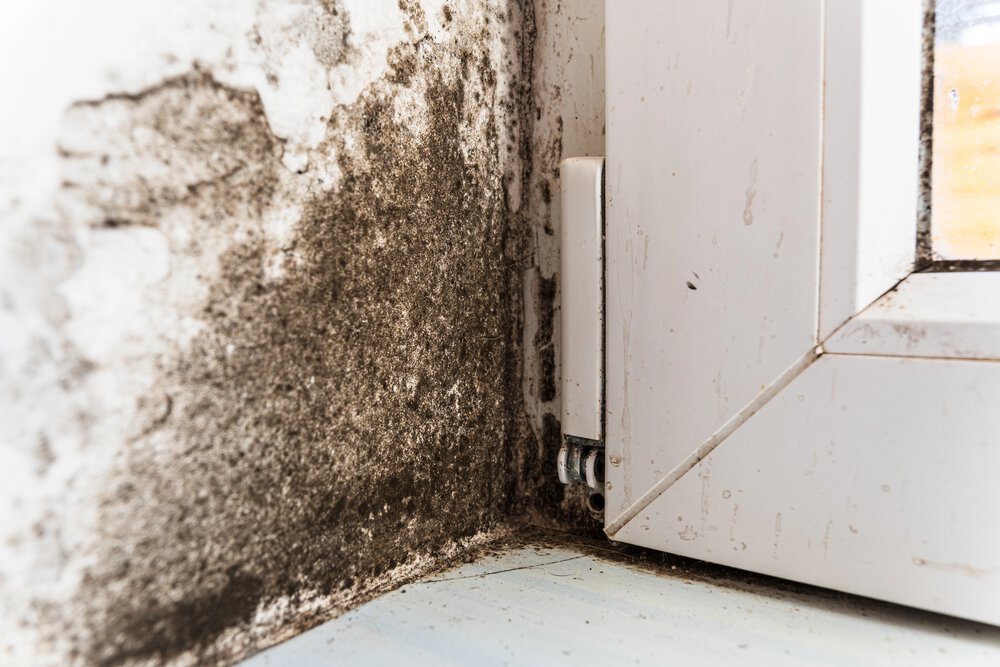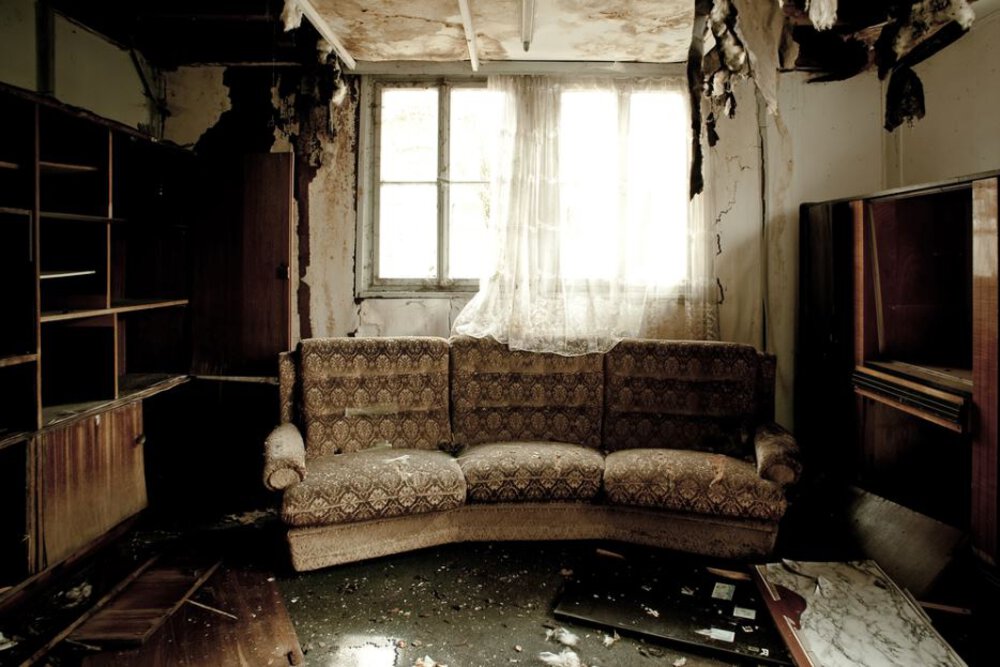Hurricane Preparation and Recovery: Protecting Your Plano Property
- Plano Restoration Team
- water damage prevention
- Plano homeowners
- home maintenance
- flood prevention
- plumbing maintenance
Hurricane Risks in Plano
Plano’s location in the Houston metropolitan area places it directly in the path of Gulf Coast hurricanes and tropical storms. Understanding these risks and preparing accordingly can mean the difference between minor inconvenience and catastrophic damage to your property and family. Our proximity to the Gulf of Mexico, combined with low elevation and extensive development, creates unique challenges that require comprehensive preparation strategies.
Historical Hurricane Impact
Past hurricanes like Harvey, Ike, and Alicia have demonstrated the vulnerability of our area to storm surge, flooding, and wind damage. These events provide valuable lessons for preparation and recovery planning. Hurricane Harvey in 2017 was particularly devastating, dropping over 60 inches of rain in some areas and causing unprecedented flooding throughout the region.
Historical data shows that Plano faces hurricane threats from multiple angles: direct landfall, storm surge from Galveston Bay, and inland flooding from heavy rainfall. Each type of threat requires different preparation strategies and response plans.
Climate Change and Increasing Storm Intensity
Climate change is contributing to more intense storms with higher rainfall rates and stronger winds. Sea level rise is also increasing storm surge risks for coastal and near-coastal areas like Plano. These changing conditions make preparation more critical than ever for protecting your property and family.
Pre-Hurricane Preparation
Annual Property Assessment
Begin hurricane preparation months before storm season with a comprehensive property assessment. Examine your roof, siding, windows, and doors for any damage that could worsen during a storm. Document the current condition of your property with photographs for insurance purposes.
Property Inspection and Maintenance
Begin hurricane preparation months before storm season. Inspect your roof for loose or damaged shingles, clean gutters and downspouts, and trim trees near your home to prevent water damage. Ensure proper drainage around your foundation and consider installing additional drainage systems if your property is prone to flooding.
Pay special attention to older trees that could fall during high winds. Have a certified arborist assess large trees near your home and remove any that pose risks to your structure. Proper tree maintenance can prevent thousands of dollars in damage and protect your family’s safety.
Structural Improvements
Consider hurricane-resistant improvements such as impact windows, reinforced garage doors, and hurricane straps for roof attachment. These improvements can significantly reduce damage and may qualify you for insurance discounts. Elevating utilities above potential flood levels can prevent costly equipment replacement.
Emergency Supply Kit
Assemble emergency supplies including water (1 gallon per person per day for at least 7 days), non-perishable food for a week, flashlights, batteries, first aid kit, medications, important documents in waterproof containers, and cash in small bills. Include pet supplies if you have animals, and ensure you have enough supplies for extended power outages.
Additional supplies should include tarps, rope, duct tape, plastic sheeting, and basic tools for emergency repairs. A portable radio and extra phone chargers are essential for staying informed during extended power outages.
Insurance Review
Review your homeowner’s and flood insurance policies annually. Standard homeowner’s insurance typically doesn’t cover flood damage, so separate flood insurance is essential for Plano residents. Remember that flood insurance has a 30-day waiting period, so don’t wait until a storm threatens to purchase coverage.
Understand the difference between wind damage and flood damage in your policies. Document your property and belongings with video and photographs, storing this documentation in multiple locations including cloud storage.
72-Hour Hurricane Preparation
Property Securing
Install hurricane shutters or board up windows with plywood. Secure outdoor furniture, decorations, and anything that could become projectiles in high winds. Move vehicles to higher ground if possible and away from trees. Fill bathtubs and containers with water for emergency use.
Turn off utilities if instructed by authorities or if flooding threatens electrical systems. Know the location of your main electrical breaker, water shutoff valve, and gas shutoff valve. Ensure all family members know these locations and how to operate them safely.
Communication Planning
Establish communication plans with family members and ensure everyone knows meeting locations and contact information. Charge all electronic devices and consider purchasing portable battery packs. Identify multiple evacuation routes in case your primary route is blocked.
Evacuation Decisions
Monitor official evacuation orders and have a plan for where to go if evacuation becomes necessary. Don’t wait until the last minute to evacuate, as roads can become impassable quickly. If you choose to stay, ensure you have adequate supplies and understand the risks.
During the Storm
Staying Safe Indoors
Stay in an interior room away from windows and doors. Have emergency supplies easily accessible and monitor weather updates continuously. Be prepared for extended power outages and avoid using candles or gas-powered generators indoors.
Monitoring Conditions
Use battery-powered or hand-crank radios to stay informed about storm conditions and emergency instructions. Never go outside during the eye of the hurricane, as winds will return quickly and potentially from a different direction.
Post-Hurricane Assessment and Response
Initial Safety Assessment
Wait for authorities to declare it safe before venturing outside. Check for gas leaks, electrical hazards, and structural damage before entering your home. If you smell gas or suspect electrical problems, evacuate immediately and contact utility companies.
Be extremely cautious around downed power lines, which may still be energized. Assume all downed lines are dangerous and stay at least 35 feet away. Report downed lines to utility companies immediately.
Documenting Damage
Take extensive photographs and video of all damage before beginning any cleanup efforts. This documentation is crucial for insurance claims and FEMA assistance applications. Include wide shots showing the extent of damage and close-ups of specific damaged items.
Water Damage Assessment and Mitigation
Immediate Water Removal
Remove standing water as quickly as possible to prevent further damage and mold growth. Use pumps, wet vacuums, or buckets, but ensure electrical safety when working around water. Never enter flooded areas without ensuring electrical power is disconnected.
Prioritize safety over speed. Contaminated floodwater can contain sewage, chemicals, and debris that pose serious health risks. Wear protective equipment including rubber boots, gloves, and eye protection when dealing with flood damage.
Structural Drying
Begin drying efforts immediately after water removal. Open windows and doors for ventilation, use fans and dehumidifiers if power is available, and remove wet materials that cannot be properly dried. Plano’s humid climate makes rapid drying essential for preventing mold growth.
Professional Restoration Services
When to Call Professionals
Contact professional restoration services immediately for significant water damage, structural damage, or when you’re unsure about safety conditions. Professional assessment can prevent costly mistakes and ensure proper restoration. Don’t attempt electrical work or major structural repairs yourself.
Emergency Mitigation
Professional restoration teams can provide emergency mitigation services including water extraction, structural drying, emergency board-up, and tarping to prevent further damage while permanent repairs are planned. Quick professional response can significantly reduce total damage and restoration costs.
Comprehensive Restoration Planning
Professional restoration companies can coordinate the entire recovery process, from initial damage assessment through final reconstruction. They work with insurance companies, understand local building codes, and can manage complex restoration projects efficiently.
Insurance Claims and Financial Recovery
Filing Claims Promptly
Contact your insurance company immediately after the storm passes to begin the claims process. Provide detailed documentation of damage and keep records of all communications with insurers. Be prepared for delays, as insurance companies are often overwhelmed after major storms.
Working with Adjusters
Cooperate fully with insurance adjusters while protecting your interests. Consider hiring a public adjuster for significant claims, and don’t sign any agreements until you fully understand their implications. Professional restoration companies can assist with adjuster communications and documentation.
Federal Assistance Programs
Apply for FEMA assistance if your area is declared a federal disaster area. FEMA assistance can help with temporary housing, home repairs, and other disaster-related expenses not covered by insurance. Apply online at DisasterAssistance.gov or call 1-800-621-FEMA.
Building Back Better
Resilience Improvements
Use hurricane damage as an opportunity to improve your home’s resilience. Consider impact-resistant windows, stronger roofing materials, improved drainage systems, and elevation improvements where appropriate. Modern building codes and materials can make your home more resistant to future storms.
Financial Benefits of Improvements
Many resilience improvements qualify for insurance discounts, tax credits, or grant funding. Research available incentives before beginning reconstruction to maximize financial benefits while improving your home’s storm resistance.
Community Resources and Support
Local Emergency Services
Familiarize yourself with local emergency services, evacuation routes, and shelter locations. Plano maintains emergency management resources and communication systems to help residents during disasters. Register for emergency alerts to receive critical information during storms.
Mutual Aid and Community Support
Connect with neighbors and community organizations for mutual support during recovery. Community networks often provide crucial assistance with cleanup, temporary shelter, and resource sharing during the challenging recovery period.
Long-term Recovery Planning
Psychological and Emotional Recovery
Hurricane recovery involves emotional and psychological challenges beyond physical property damage. Seek support from family, friends, and professional counselors if needed. Recovery is a long-term process that requires patience and persistence.
Preparing for Future Storms
Use lessons learned from hurricane experience to improve future preparedness. Update emergency plans, upgrade property protection measures, and maintain emergency supplies year-round. Regular preparation makes each subsequent storm less challenging to handle.
Conclusion
Hurricane preparation and recovery require comprehensive planning, quick action, and often professional assistance. Plano residents can minimize hurricane damage through proper preparation and ensure faster recovery through immediate post-storm response and professional restoration services. The key is understanding that hurricane preparedness is an ongoing process, not a one-time event.
Don’t wait until hurricane season begins to prepare. Start now with property maintenance, insurance review, and emergency planning. If hurricane damage occurs, contact professional restoration services immediately to begin the recovery process and protect your investment. With proper preparation and professional support, your family can weather any storm and recover stronger than before.




